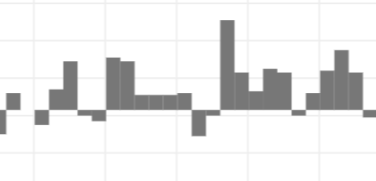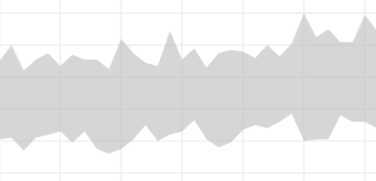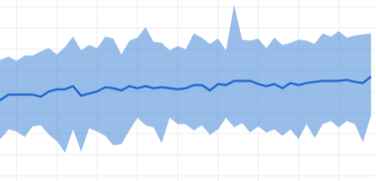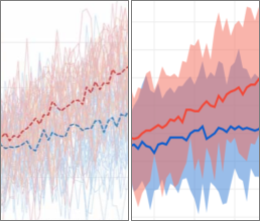The Climate Explorer





Hindcasts and projections for Alaska come from two global climate models (GFDL-CM3 and NCAR-CCSM4).
NOTE: Data displayed on local climate charts for the lower 48 are from the Localized Constructed Analog (LOCA) Statistical Downscaling dataset. LOCA only covers North America from central Mexico through Southern Canada, excluding Alaska. Working with climate scientists as the Alaska Climate Adaptation and Science Center, we selected an alternative data source for Alaska.
The Climate Explorer is optimized for desktop use. Please visit the site on a desktop computer.